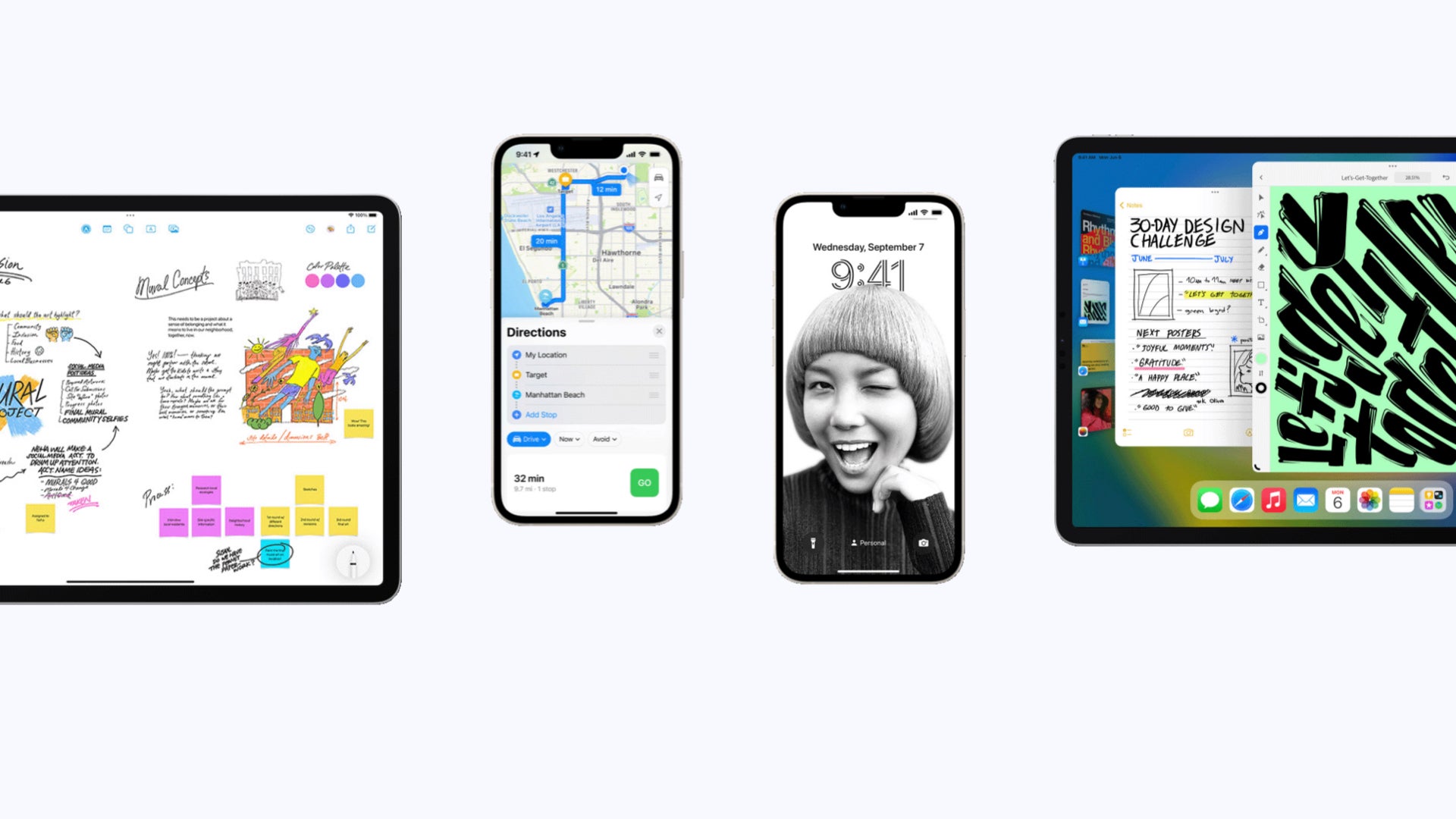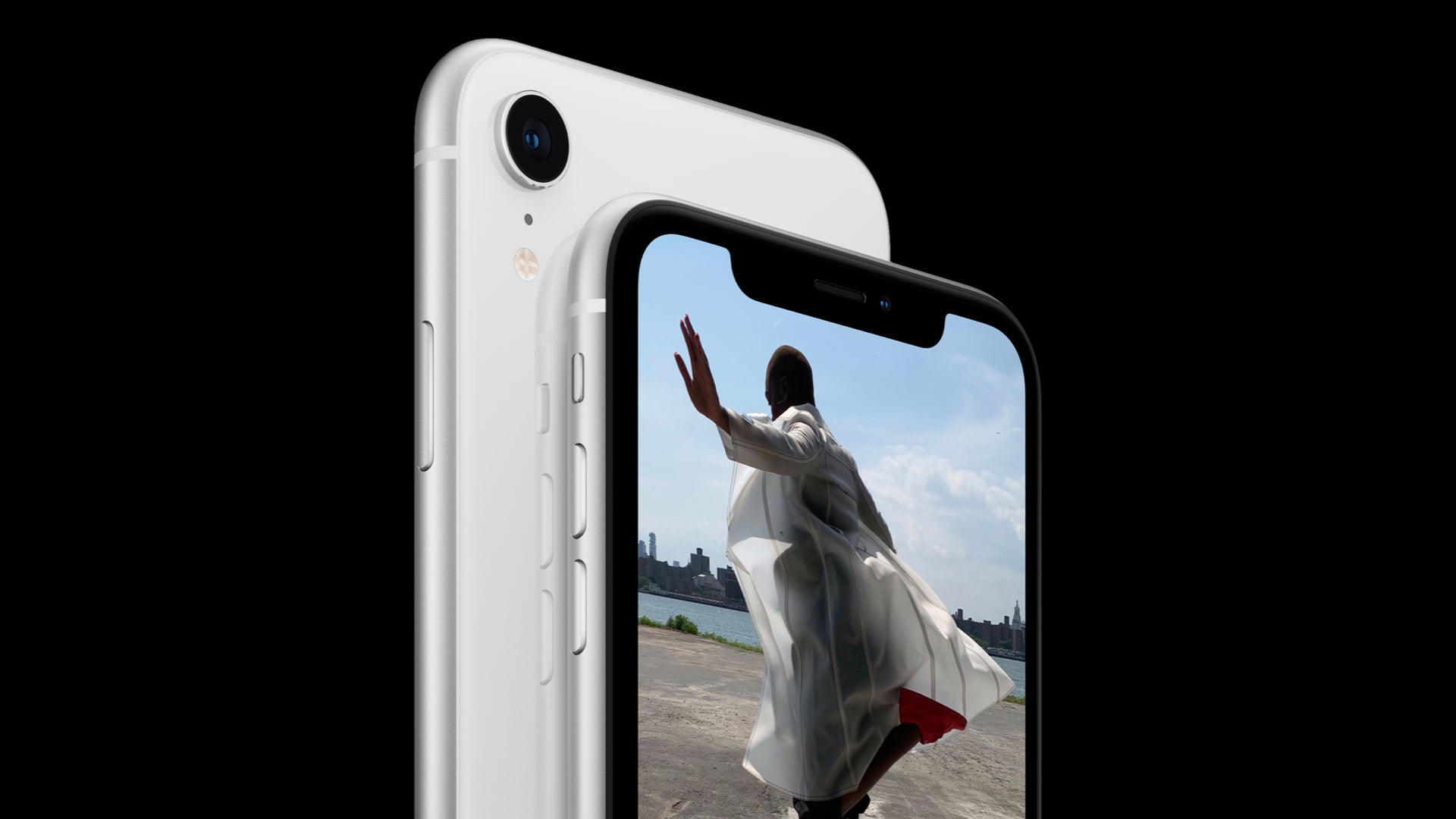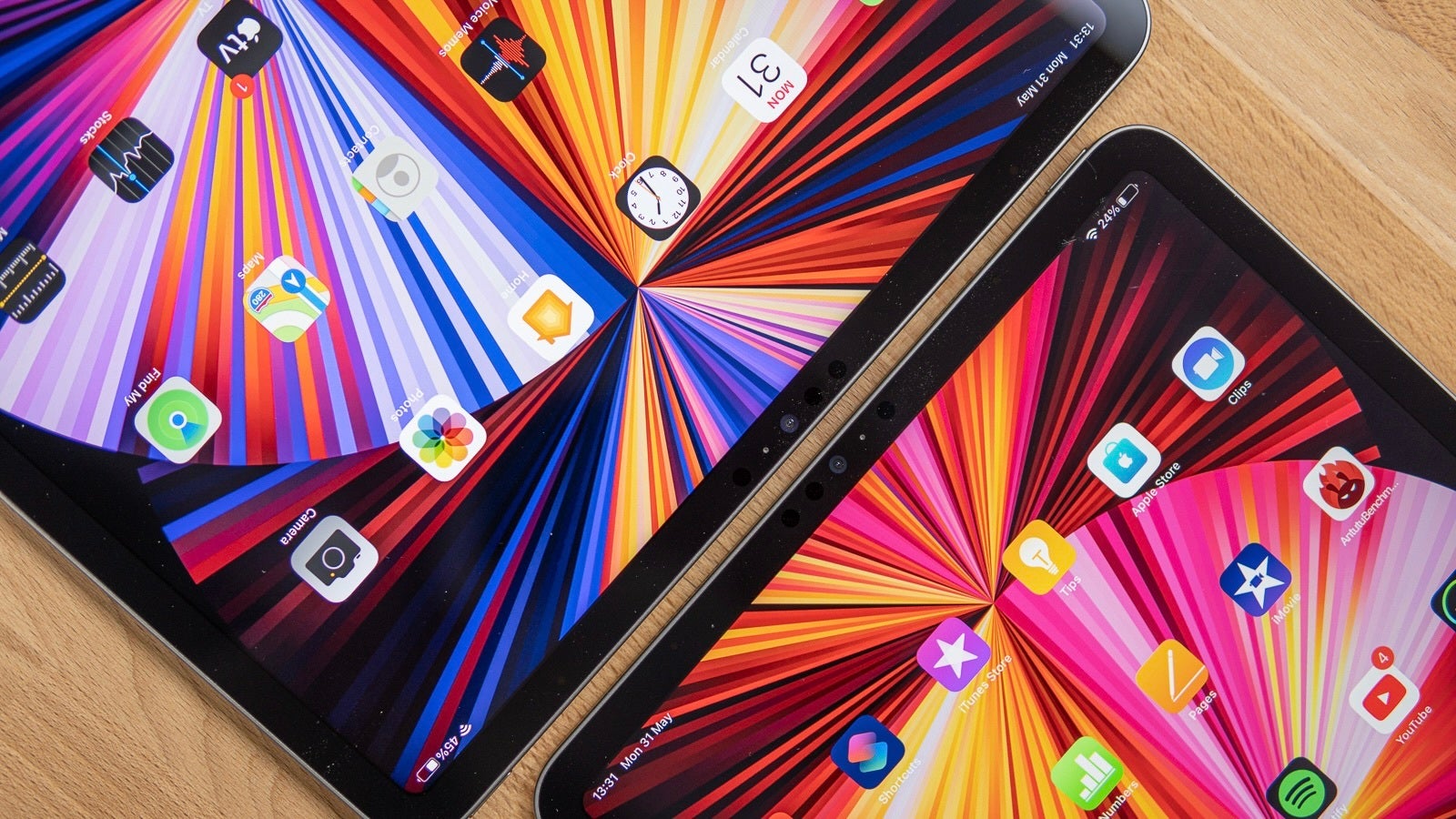Apple’s OLED future: the mini-LED iPhone that never was and never will be
Even though the Cupertino company allocated a great deal of resources, its mini-LED display technology never made its way to Apple’s signature product, the iPhone. Originally, the company’s plans were quite different, however.

According to the source, Apple’s first non-LCD iPhone, the iPhone X, was supposed to feature a mini-LED panel instead of an OLED one. When that vision failed to materialize, the company instead opted for OLED technology, Samsung’s signature strong suit, and consolidated Cupertino’s dependence on the Korean tech giant.
Nevertheless, more than half a decade has passed since the launch of the iPhone X, which is why Apple’s recent decision to de facto abandon mini-LED altogether is rather confusing. In the following paragraphs, I will take a look at Apple’s transition to OLED, whether it makes sense, and what it could mean in the long term.
Apple’s Current Display Technologies: A Mixed Bunch

Before we address Apple’s adoption of OLED, which is shaping up to be a decade-long endeavor, let us take a look at how Apple has structured its current product portfolio, with regards to display technology.
The company still makes use of LCD panels and almost all of its iPad and MacBook panels feature them. The only iPhone that still has not adopted OLED is the entry-level option – the iPhone SE. This decision indicates that Apple perceives LCD as an inferior technology and rightfully so (more on that later).
Then why does the $799 iPad Pro come with an LCD display? Why are only the ultra-premium MacBook Pro 14” and 16” models, and the 12.9” iPad Pro granted the privilege of a mini-LED display? In part, to widen the gap between them and the more budget options like the iPad Air (2022).

However, the truth is that Apple apparently never intended for mini-LED to stick around long enough. After all, if it will not be on your most popular product that makes up the bulk of your sales, can you really justify the steep investment in mini-LED?
Perhaps this is why Apple did everything in its power to prolong the life of LCD and only implemented mini-LED panels as a last resort, when the competition pressured it to do something about the inferior displays of its ‘Pro’ products.
In short, currently, we have 3 options: LCD (budget friendly options and most iPads and MacBooks), OLED (all iPhones, barring the iPhone SE lineup) and mini-LED (12.9” iPad Pro and the 14” and 16” MacBook Pros). What is wrong with this arrangement, you might ask.
The end of mini-LED: Where is Apple heading?

The biggest problem with Apple’s approach as it stands is that far too many not quite entry-level products are stuck with LCD. But instead of adhering to its past strategy of gradually implementing mini-LED panels, the company is once again choosing the easy way out and opting to rely on Samsung.
I understand why such an approach was necessary with the iPhone. After all, we are talking about the key to Apple’s power and messing it up could be disastrous. But with the way current Mac and iPad sales are doing, I really do not understand why Apple is abandoning mini-LED.
The 14” and 16” MacBooks are some of the most impressive devices on the market and are usually praised for their displays. The 12.9” iPad Pro’s problems stem from its software, not its hardware. I simply cannot see why Apple has chosen to put an end to its own technology rather than perfect it. Especially when we take into account the implication such a decision has.

Even the iPhone SE 4, reportedly based on the iPhone XR, will get an OLED
OLED vs Mini-LED: What is the difference?
For reference, LCD displays are lit by one or more bigger light emitters, located either on the back or around the edges of the screen. In contrast, a mini-LED panel features a number of much smaller emitters that facilitate the creation of local dimming areas, which, by extension, partially addresses the biggest problem of LCD technology – light bleeding and inadequate black levels.

LCD Display Structure, Image Credit – LG Display
Aside from the technical jargon, how does all this make a difference in the real world? Is OLED tangibly superior to mini-LED? In theory, yes, but in practice… not so much. Judging from our review of the original 12.9” iPad Pro, the mini-LED display holds its ground against rival OLED panels and is, to the naked eye at least, every bit as bright, sharp and vivid. So, if picture quality is not the main issue, what is then?
Display measurements and quality
Is Mini-LED actually superior to OLED?

OLED iPad and mini-LED iPad side-by-side
Apple’s two main concerns about OLED in the past were (1) that the technology could not support high enough brightness levels and that (2) big OLED panels were susceptible to a phenomenon known as ‘crumpling’, i.e. light distortion that occurs around the outer edges of the screen. Both of these issues have been fixed, however.
For example, the iPhone 14 Pro has a max brightness of 2000 nits, twice as much as the 12.9” iPad Pro. Additionally, Apple has developed ‘hybrid OLED’ panels which are not prone to crumpling. Hence, there is no reason why Apple should stick to mini-LED, right? Not really.
Mini-LED panels are actually more future proof and despite being bulkier than their OLED counterparts are actually better matches for devices with longer lifespans. For laptops and tablets, which are upgraded nowhere near as often as smartphones, OLED burn-in can become a serious problem in the long run.
In short, there is a real argument to be made about the merits of mini-LED. While claiming that the latter is superior to OLED in terms of picture quality might be a stretch, there are some scenarios in which a mini-LED panel could be better.
Final Verdict
Thus, it is baffling why Apple would choose marginally better picture quality at a cost, over a plethora of other benefits, especially when the former entails becoming dependent on possibly your biggest rival. Adopting a one size fits all approach uncharacteristic of Apple to say the least.And it does not make sense, when the iPhone is not at stake. If OLED was a better alternative to mini-LED under all circumstances and across all devices, perhaps deepening Cupertino’s reliance on Samsung would have been justified. However, at present, that is not the case and this could likely make tech’s unhappiest marriage even more pitiful.
For all the latest Technology News Click Here
For the latest news and updates, follow us on Google News.

